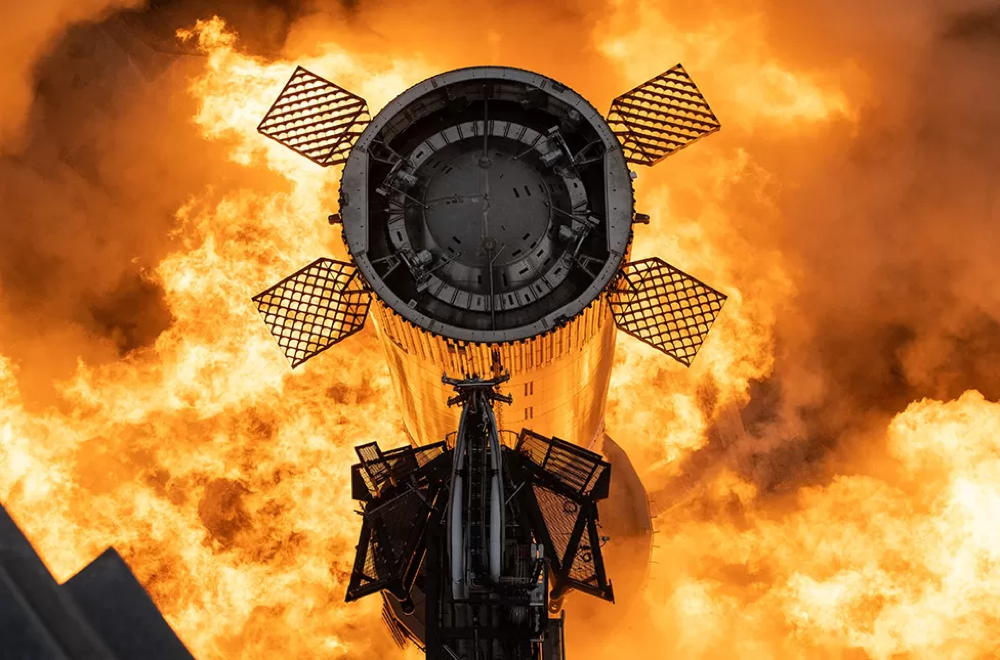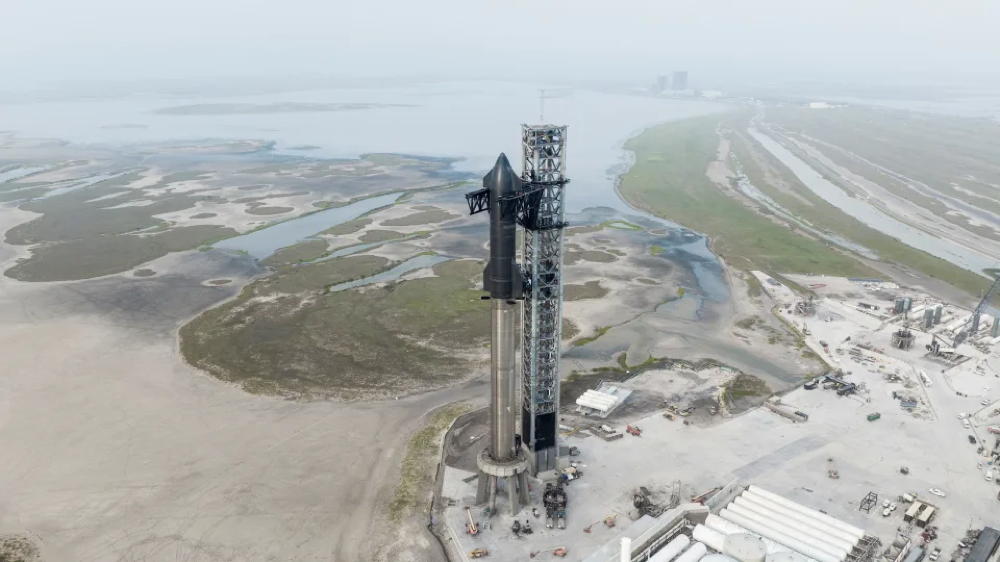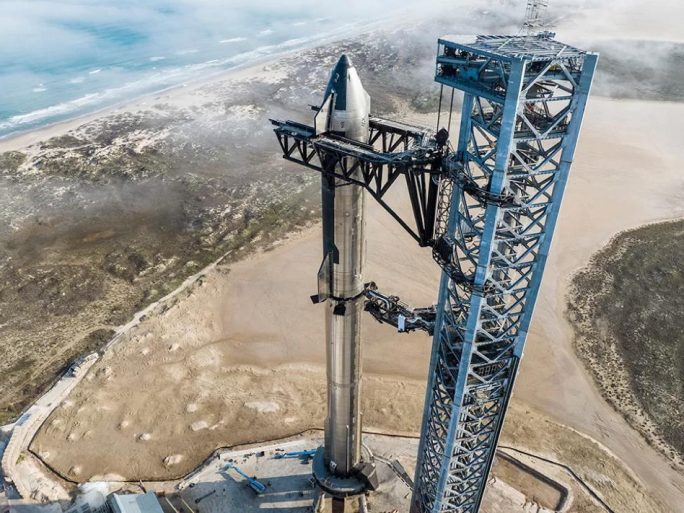SpaceX has carried out a successful fourth test flight of its giant Starship rocket, after it launched into space on Thursday.
The fourth test flight on Thursday saw the Starship rocket launch from its Texas base, ride into orbit, successfully carry out a hot-stage separation from its Super Heavy booster rocket (which performed a landing burn in the gulf of Mexico) before Starship touched down in the Indian ocean.
SpaceX had been readying the fourth Starship test flight for a number of months, after the third test flight on 14 March saw the Starship complete nearly an entire test flight through space, but disintegrate on its return to Earth.

Test flight
SpaceX used a tweet on X (formerly Twitter) to allow users to track the entire fourth test flight.
Watch Starship’s fourth flight test → https://t.co/bJFjLCiTbK https://t.co/SjpjscHoUB
— SpaceX (@SpaceX) June 6, 2024
Watch Starship’s fourth flight test → https://t.co/bJFjLCiTbK https://t.co/SjpjscHoUB
— SpaceX (@SpaceX) June 6, 2024
The Starship carried along its planned flight path before reentry, but live camera views showed a some damaged flaps, but the space craft held together to splashdown in the Indian ocean.
“Splashdown confirmed!,” it tweeted. “Congratulations to the entire SpaceX team on an exciting fourth flight test of Starship!”
SpaceX boss Elon Musk touched upon the damaged Starship suffered during the test flight, including the loss of a number of tiles and a damaged flap.
Despite loss of many tiles and a damaged flap, Starship made it all the way to a soft landing in the ocean!
Congratulations @SpaceX team on an epic achievement!! https://t.co/UnXbnmZ2pE
— Elon Musk (@elonmusk) June 6, 2024
Mars missions
“Today was a great day for humanity’s future as a spacefaring civilization!,” Elon Musk tweeted later. “Nothing unites us more than working together towards inspiring objectives.”

Besides taking humanity to other planets, SpaceX also wants to use Starship for tasks such as launching its larger next-generation Starlink 2.0 communications satellites into orbit.
The fully reusable vehicle is based on a giant first stage called Super Heavy which is intended to push the 165-foot-tall Starship spacecraft into orbit.





